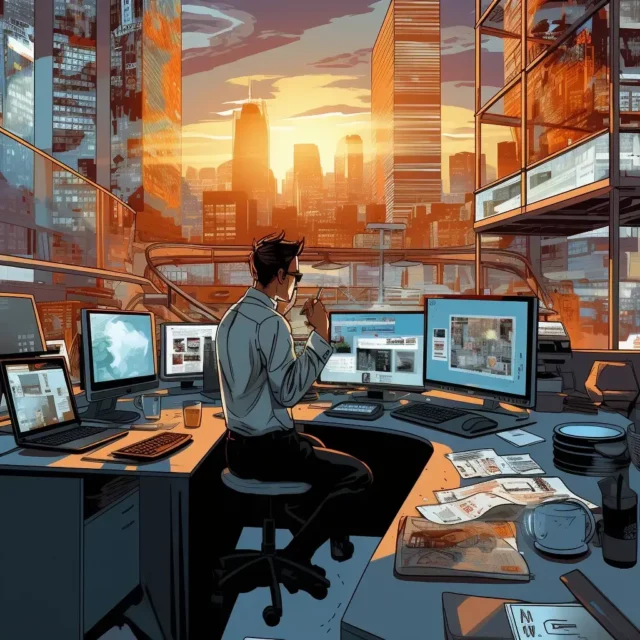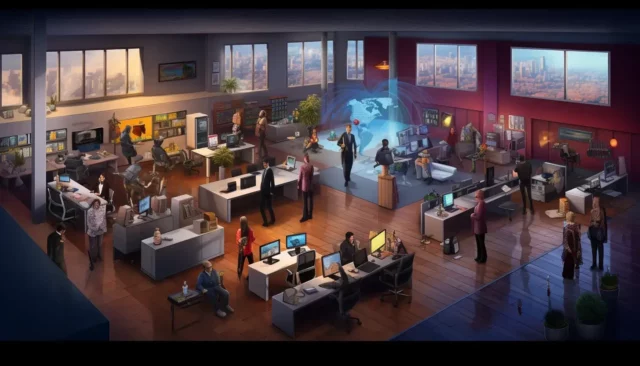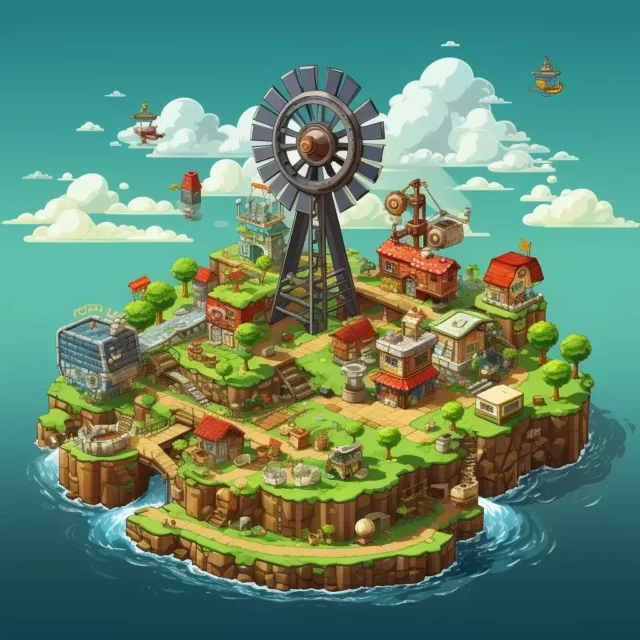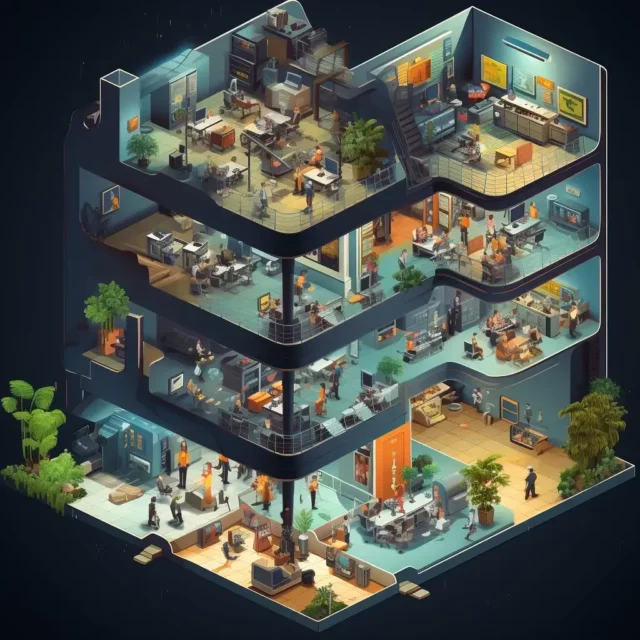Exploring AI Image Generation for Seppo Game Board Illustrations
Exploring AI Image Generation for Seppo Game Board Illustrations
While AI image generation has been around for some time, I must confess that, until now, I’ve messed around with it for fun, but I’ve never really used it for a serious project. I’m no expert—just figuring things out as I go and tweaking my prompts along the way. I’m here to show you what I’ve learned and maybe get you interested in trying it for yourself.
Before delving into the specifics of the project with Santeri, let’s ensure everyone understands what an AI image generator is and how it operates. An AI image generator is a tool powered by artificial intelligence that takes a text prompt, processes it, and generates an image that best aligns with the description in the prompt. It produces entirely new images that don’t exist in reality, allowing you to bring imaginative concepts to life—be it animals, landscapes, characters, objects, 3D models, and more, with the ability to customize and personalize them with various details.
Our mission was to use AI to make a gameboard illustration for Seppo. I experimented with two well-known AI image generators: Midjourney, known for awesome results, and
DALL-E 3, which is said to be the easiest to use.
To use Midjourney, you first need to create a Discord account and ensure it’s verified before joining the Midjourney Discord server. The subscription plan starts at an affordable 10 €/month. Accessing DALL-E 3 is simpler; you only need an OpenAI API account to create AI images directly in Chat GPT. However, a subscription fee of 20 €/month is required for this feature. There’s also a free version of DALL-E, but trust me, the results don’t even compare to the paid one.
Now that you know the tools, let’s dive into the actual results.
The first idea was to create an illustration called “Tietotyöläisiä työssä.” It’s all about people working on computers, either in an office or at home. Picturing a meeting room, people with papers looking frustrated, others taking a coffee break—the whole deal is what office workers go through almost daily.
To make sure the AI’s would understand it, I transformed the brief into a prompt, envisioning the complex scene as a comic book with distinct scenes. The prompt I used for this was:
Promt: [Futuristic digital art of a corporate workplace. A series of pictures just like in a comic book. A person working from home on a computer. People in a meeting room, one computer open where you can see the screen. A person sitting behind a desk looking frustrated at a pile of paper in front of them. A person in an office break room drinking coffee]

The result clearly was not what I had in mind – let’s try again:
Promt: [people working in a modern busy office, a person with a laptop in a office, a person drinking a coffee in the cafeteria, people in a meeting in the conference room, a person frustrated surrounded by papers in the printing room, game level map, people in high detail –ar7:4]

In conclusion, it’s clear that AI image generators have a tough time handling busy and complicated scenes. It’s like taking them to a crowded party where they get overwhelmed and don’t know where to focus. They choose one thing and ignore all the rest. That’s why the people in the images end up looking a bit strange.
The takeaway? Keep it simple. When you’re working on game board illustrations, the AI performs better when you describe one thing at a time. Don’t overload it with too much information—just keep it straightforward. Focus on describing one scene.
As I was creating game board illustrations I noticed that these words in a prompts seem to get better results.
[game level map]
[mobile game level map]
[level map]
[board game]
[board design]
Also I started adding styles or a reference to a specific game style such as “mario game” or
[vector illustration]
[isometric]
[3D]
[pixel art]
Prompt: [mario game level map with sustainable theme, wind mills, solar panels]

Prompt: [Isometric corporate building with different floors and people working, game level map]

After experimenting with various prompt approaches, here’s the bottom line. The AI image generator is undeniably an impressive tool, worth delving into. However, it can feel like playing roulette since you’re never quite sure what image you’ll end up with. The AI interprets your prompt with a free hand, so the more flexibility you have with your idea, the better.
I’ve realized there’s still a ton I need to figure out to craft better prompts. What seemed to work for me was keeping it simple. When working on game board illustrations, the AI performed better when I described one thing at a time. Also, I tried to avoid overwhelming it with excessive information—just keep it clear and straightforward. Concentrate on depicting a single scene. For optimal results, consider referencing an art style for example expressionism, pop art etc. Here you can find inspiration for different art styles https://magazine.artland.com/art-movements-and-styles/.
Remember that artificial intelligence and copyright are still topics of lively discussion; it’s advisable, according to good practices, to disclose the use of images generated by AI.
So, have you tried AI image generator? What kind of results did you get?
To read more about using AI for game creation, read our article How AI Tools Can Help With Creating a Game